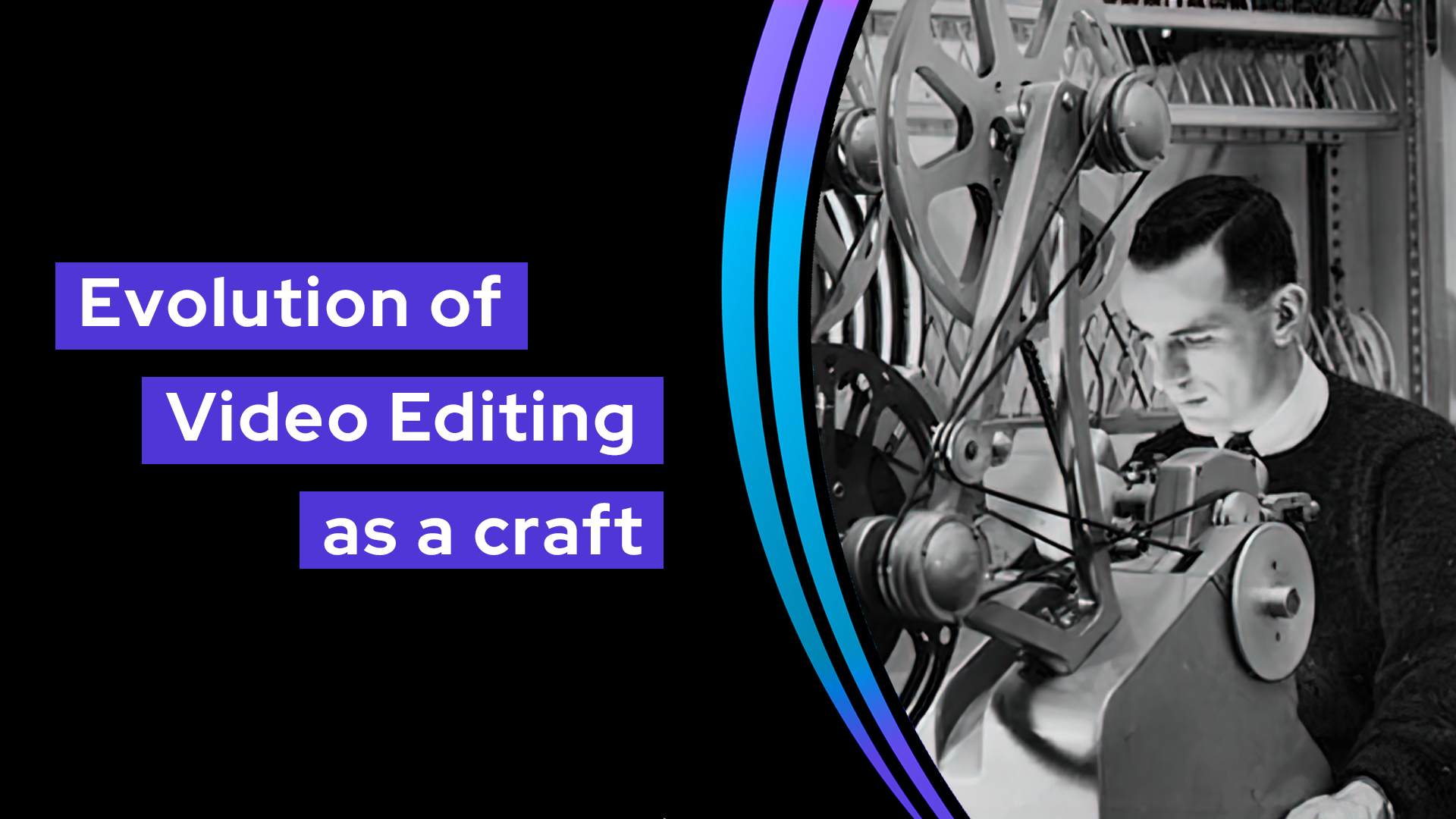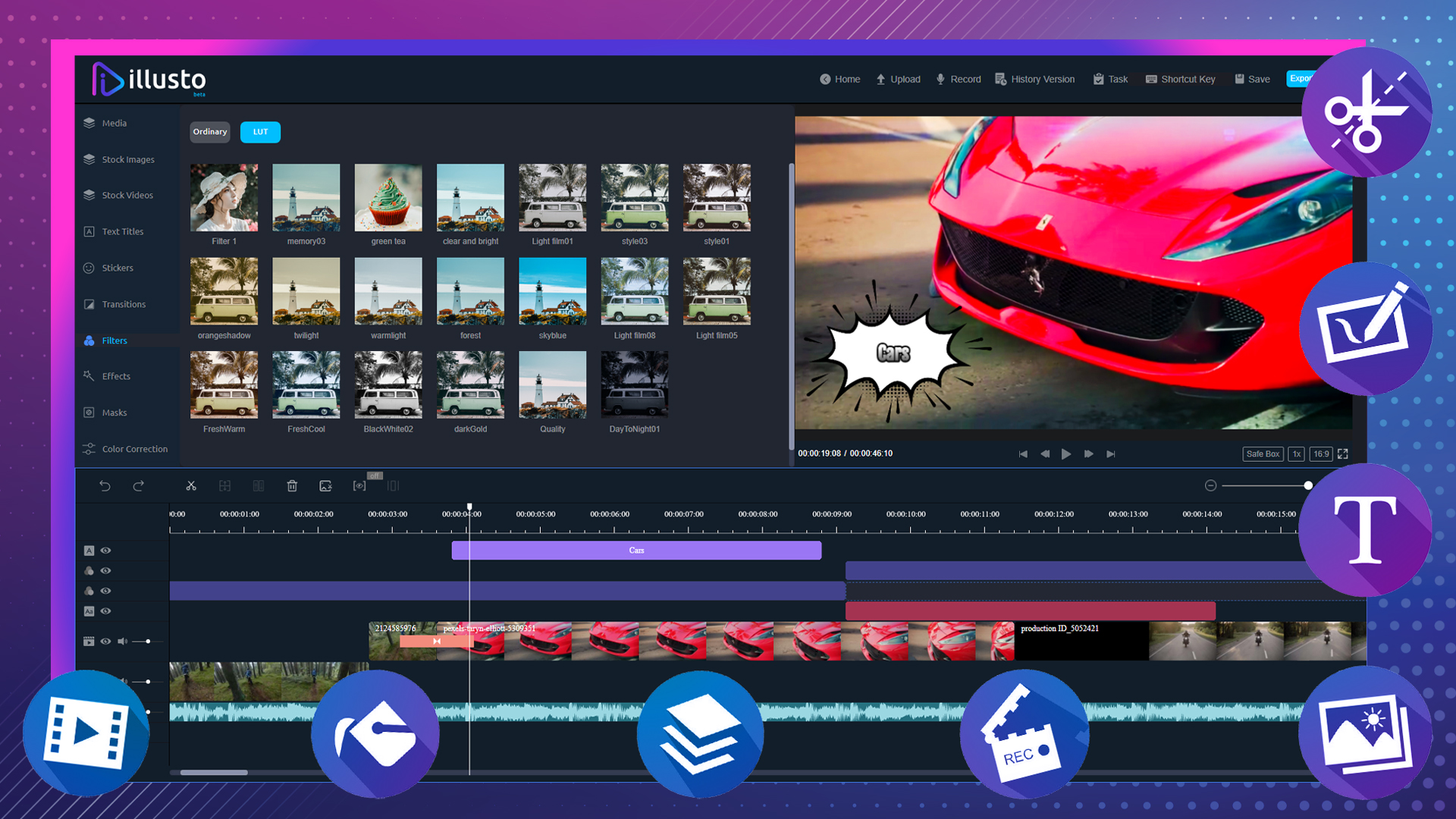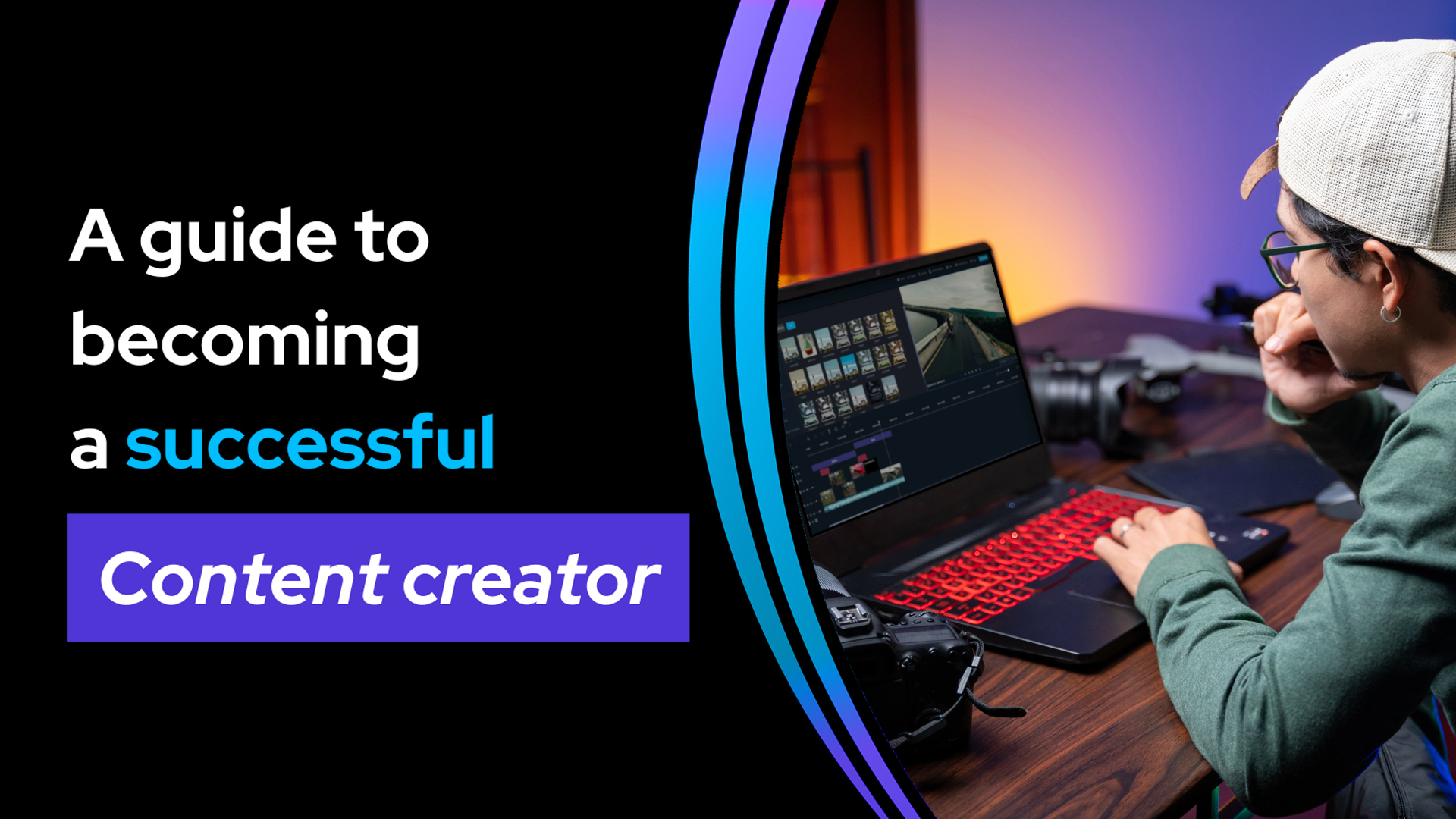There are a lot of modern methods to edit a video but let’s look at it how it all began
The film Dune has won the Academy Award for best film editing. The man behind the wheel was Joe Walker. Anyone who has witnessed the visual marvel wouldn’t disagree with the decision made by the jury.
American actor Philip Seymour Hoffman said, “The film is made in the editing room”.
Whether a film is for large or smaller screens, the storytelling sequence makes the film stick to the audience. That’s where the art of cutting and pasting the frames becomes the heart and soul of the film.
These days everyone can access video editing software like illusto for desktops and other editing apps for mobiles. The craft has gone through a lot of evolution alongside filmmaking techniques.
ACT-1
Let’s see what happened in the year 1890 first.
A device named Kinetograph was invented. The machine was invented by Thomas Alva Edison and his apprentice William K.L Dickson. It is called the world’s first motion-picture camera.
Then came the Lumiere Brothers, who invented the Cinematograph. By the way, Lumiere Brothers are the first-ever filmmakers in history.
The Brothers used a cinematograph similar to a camera to capture pictures. The pictures later were put in a Kinetograph for editing.
FLASHBACK
D.W. Griffith made a massive contribution in laying the foundation for the art of editing. His films were shown in film institutes to inspire the students who wanted to make movies back in the 1920s. His films were shown repeatedly to the students to show them primitive editing techniques.
However, it wasn’t Griffith who gave this craft a name. It was Soviet filmmaker Sergei Eisenstein who named it Montage. Montage is a way of putting together shots at a quick or slow pace depending on how the director wants the audience to perceive the film. V.I. Pudovkin, another Soviet filmmaker, used the Montage too.
“The Great Train Robbery” is a film made in 1903 by Edwin. S Porter was the first to demonstrate to the audience of more advanced editing techniques. The 10-minute movie experimented to see the viewer’s reaction to editing.
ACT-2
The experimentations were happening with films on how editing could be used in filmmaking.
Around the 1920’s Russian Filmmaker, Lev Kuleshov took the art of editing to the next step.
Lev Kuleshov came up with the idea of sequencing two shots to give a more holistic picture of how the story moves forward. For example, Shot One is a man-eating. The second shot is of his wife cooking a meal. Combining those two shots gave a holistic idea of this editing method. It is known as the Kuleshov effect.
The phenomenon revolutionized the concept of film editing and the filmmakers’ perception of how editing can be used to enhance their storytelling.
Nevertheless, Only in the 1920s, In a film named The Jazz Singer synchronize audio was used for the first time. Before that, any movie made had an orchestra accompanied to play in the theatres.
However, even before The Jazz Singer, filmmakers tried to add audio to their films but were unsuccessful. The Jazz singer laid a marker for synchronized sound for feature films.
ACT-3
In 1956 the first modern tool called Ampex VTR came into public usage. Instead of the previous methods, which were cutting and pasting pictures and with a drawback of no backing up process, editing was tuff on editors. However, this tool could be used for backing up audio and video with many other perks.
This tool made editors’ lives easy and gave them more room to experiment with their edits.
In the early 1970s came the CMX System, which revolutionized how filmmakers wanted to make films. The system used a non-linear editing method.
The method meant the director could locate any frame of the film in a blink of an eye and go back to the edited film and change it. This equipment gave an option not only for the editors but filmmakers as well to experiment with their crafts.
Then comes Harry, the equipment that laid the foundation for modern digital editing we are accustomed to. However, the system, unlike current editing software, was relatively primitive.
The neverending strive to improve from the editors, filmmakers, and a few computer geeks build the base for modern digital editing by inventing Avid Technology. The technology was user-friendly, which the editors loved, and efficient at the same time.
End Credits
Since AVID, many editing software has been brought to the market, and the evolution and updating have been relentless. With the advent of PCs, high-speed internet, and social media, the software market is not just limited to the filmmaking industry
So here is one modern, user-friendly online video editor for desktop users- illusto.
To use illusto for editing, the user need not have prior expertise or knowledge of editing. The online video editor has many features, including adding effects, text, animations, and many more.










